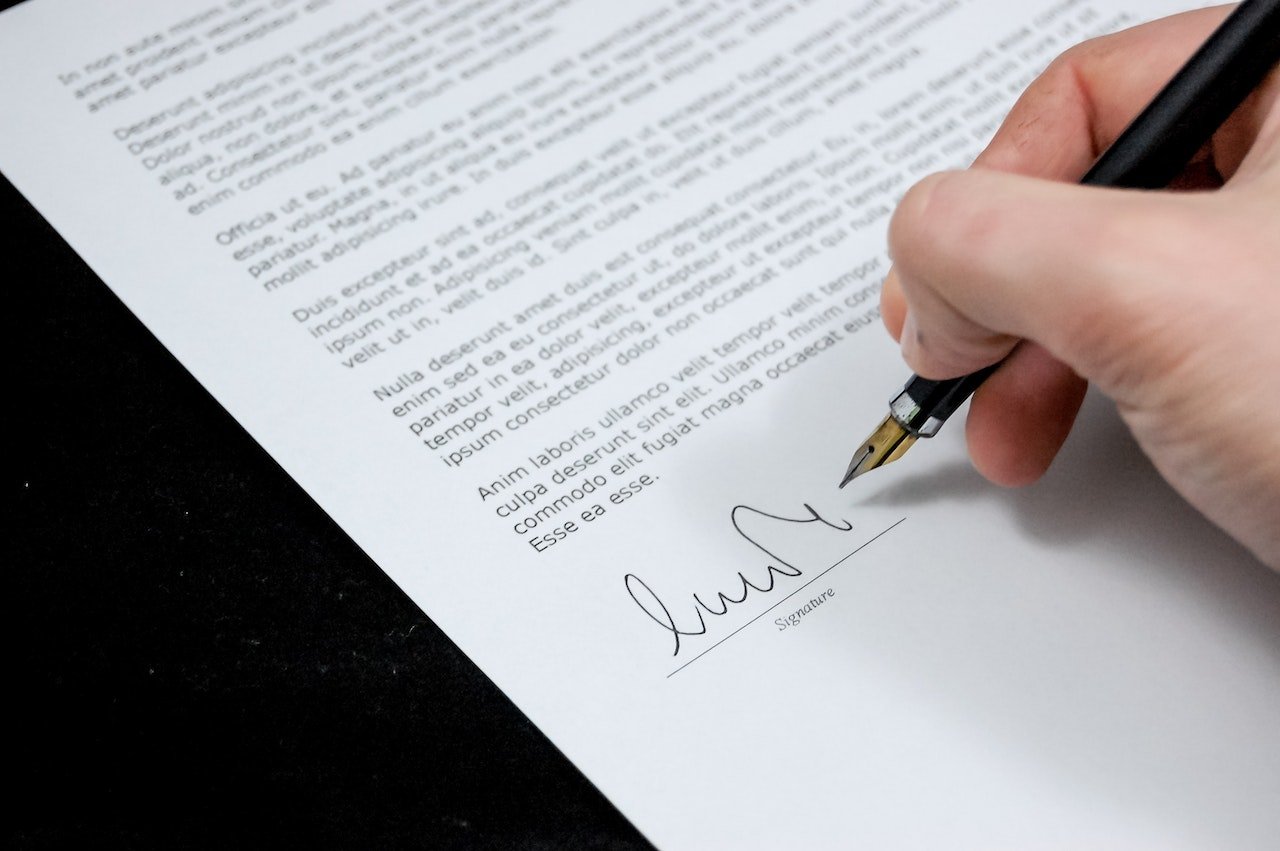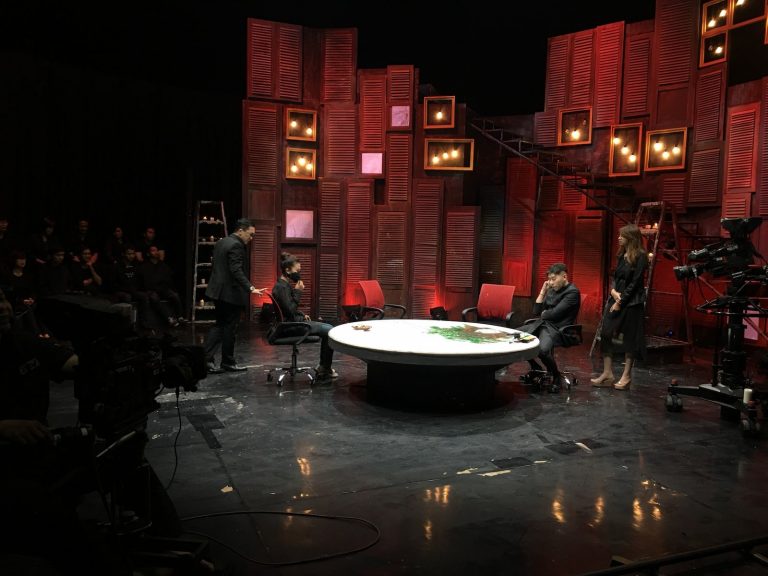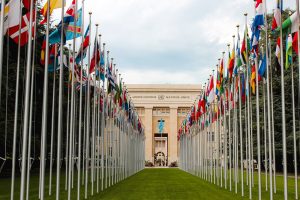Sure! Here’s a detailed 1000-word article titled:
How Classified Documents Became a Schoolgirl’s Show-and-Tell
In one of the most bizarre yet strangely telling episodes of mishandled classified information, a young schoolgirl in 1984 turned heads—not by design, but by a twist of fate—when she unknowingly brought classified government documents to her eighth-grade classroom for show-and-tell. What began as a simple school project ended up becoming a national headline, raising serious questions about document security, oversight, and the strange afterlife of sensitive political material.
This is the story of Kristin Preble, a 13-year-old from Massachusetts, whose show-and-tell project wasn’t just memorable—it became a historical footnote in American political lore.
The Setup: A Classroom Surprise
Imagine you’re a middle school teacher, expecting the usual stream of pets, trophies, or vacation souvenirs to come through the door during show-and-tell. But instead, one student walks in with a bundle of top-secret government documents, marked “Confidential” and “Executive,” that once sat on the desk of the President of the United States.
That’s exactly what happened when Kristin Preble brought in a manila folder containing papers that outlined President Jimmy Carter’s debate preparation strategies for the 1980 presidential race against Ronald Reagan. These documents were not just notes—they were internal memos, talking points, and critical information about foreign and domestic policy, meant only for the eyes of high-ranking campaign officials.
The Origin: A Forgotten Hotel Room
The story begins not in a classroom, but in Cleveland, Ohio, during the heated final weeks of the 1980 presidential campaign. President Carter and his debate team were preparing intensely for the first and only debate with Reagan. As part of that effort, staffers used a suite at the Sheraton Hotel in Cleveland as a makeshift strategy war room.
Sometime during the chaos of the campaign trail, a Carter staffer left behind a folder of classified preparation documents in the hotel room. That room was later rented by Michael Preble, Kristin’s father, a furniture salesman traveling for business.
To his surprise, he found the documents in a drawer—forgotten, seemingly abandoned. Realizing the papers looked important, but apparently not fully grasping their sensitivity or significance, Michael took them home. And there they sat, in a drawer for four years.
From Drawer to Desk: Kristin’s Big Idea
Fast forward to 1984. Kristin Preble is an eighth-grade student tasked with a school project: bring something interesting for show-and-tell. Like any curious teen rummaging through the house, she discovered the long-forgotten folder and decided it looked official enough to impress her classmates.
What she didn’t realize was that she had just uncovered a piece of modern American political history—a real-life artifact from a presidential campaign that ended with Ronald Reagan’s landslide victory and Jimmy Carter’s political exit.
The Fallout: Headlines and Head-Scratching
Kristin’s presentation didn’t just catch the attention of her classmates. Her teacher, recognizing the significance of the documents and the government seals stamped on them, promptly alerted authorities. The story quickly made national headlines.
Reporters were fascinated: How did a 13-year-old girl come to possess classified documents? Why had they not been retrieved or reported missing for four years? And more importantly, what did this say about how presidential campaigns—and the government at large—handle sensitive information?
The irony wasn’t lost on anyone. In an age before email hacks and digital leaks, here was a real case of political secrets—written down and left behind in a hotel drawer—making their way to a school desk.
The Bigger Picture: Document Security and Public Trust
While the incident may sound humorous or even quaint by today’s standards, it underscored a serious issue: the lack of proper protocol in handling classified information. At a time when Cold War tensions were high and presidential debates carried immense weight, it was shocking to discover how loosely such crucial materials were managed.
This incident foreshadowed future controversies where mishandled documents, whether physical or digital, became hot-button issues. From Hillary Clinton’s email server to the discovery of classified documents in the homes of multiple former U.S. presidents and officials, the Preble incident serves as an early reminder of the human error factor in national security.
Lessons Learned? Or History Repeats?
You might think an event like this would have led to stricter protocols, better training, and airtight systems. And in some ways, it did spark minor internal reviews about document oversight in political operations.
However, as recent years have shown, the mishandling of classified information remains a recurring problem. Whether it’s due to carelessness, miscommunication, or blatant disregard, sensitive materials continue to end up in the wrong hands—or at the very least, in extremely inappropriate places.
Kristin’s show-and-tell moment has now become an almost folkloric case study: a seemingly innocent act that revealed deeper cracks in the system. It highlights how even the most secure operations are vulnerable when procedures aren’t followed or when complacency sets in.
A Pop Culture Parallel
The story also taps into our cultural obsession with secrets—especially the idea of an ordinary person stumbling upon something extraordinary. It’s the kind of narrative you’d expect to see in a Netflix original series or a political satire. Think “Veep” meets “Stranger Things,” but with debate prep memos instead of monsters.
Where Are They Now?
Kristin Preble, as far as public records go, did not seek the limelight beyond her unexpected moment of fame. She faded back into normal life, likely with one of the most unforgettable school stories of all time.
As for the documents, they were retrieved by federal officials and presumably locked away—this time, securely.
Final Thoughts: The School Assignment That Made History
It’s easy to laugh at the idea of a teenager presenting presidential secrets to her eighth-grade class, but beneath the surface lies a powerful reminder: even the most secure systems are only as strong as the people who run them. And sometimes, all it takes is a forgotten drawer and a curious student to reveal how fragile that system can be.
In the end, Kristin Preble’s show-and-tell wasn’t just an A+ project—it was a case study in oversight, accountability, and the often accidental nature of history.
Let me know if you’d like this formatted for WordPress, turned into a script, or turned into a newsletter or TikTok explainer!












